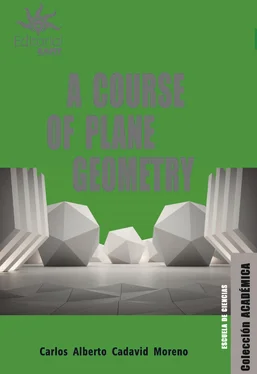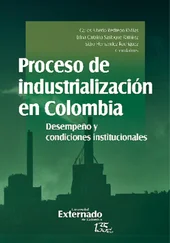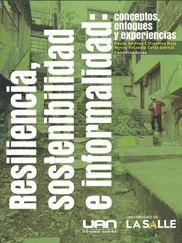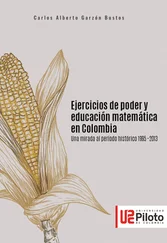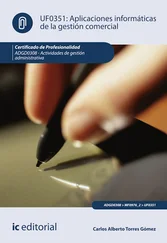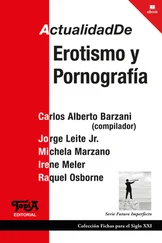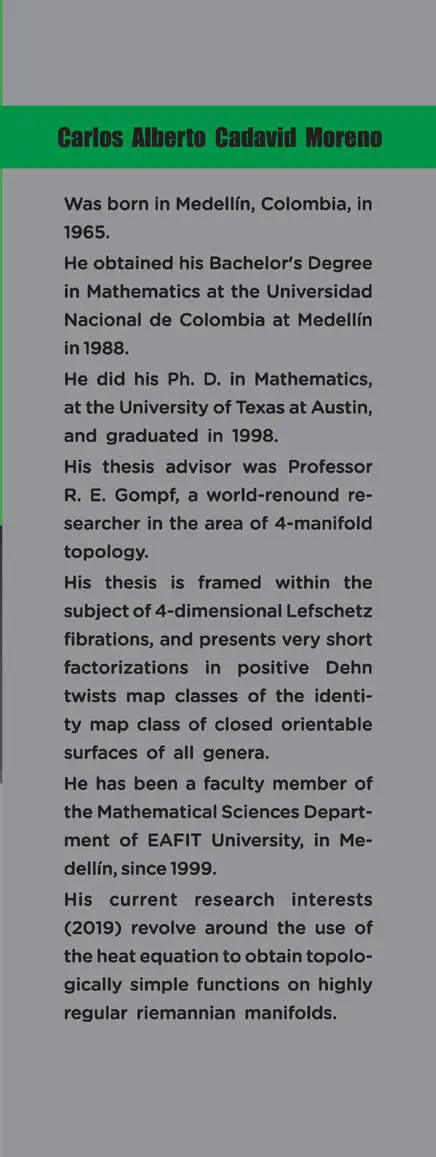
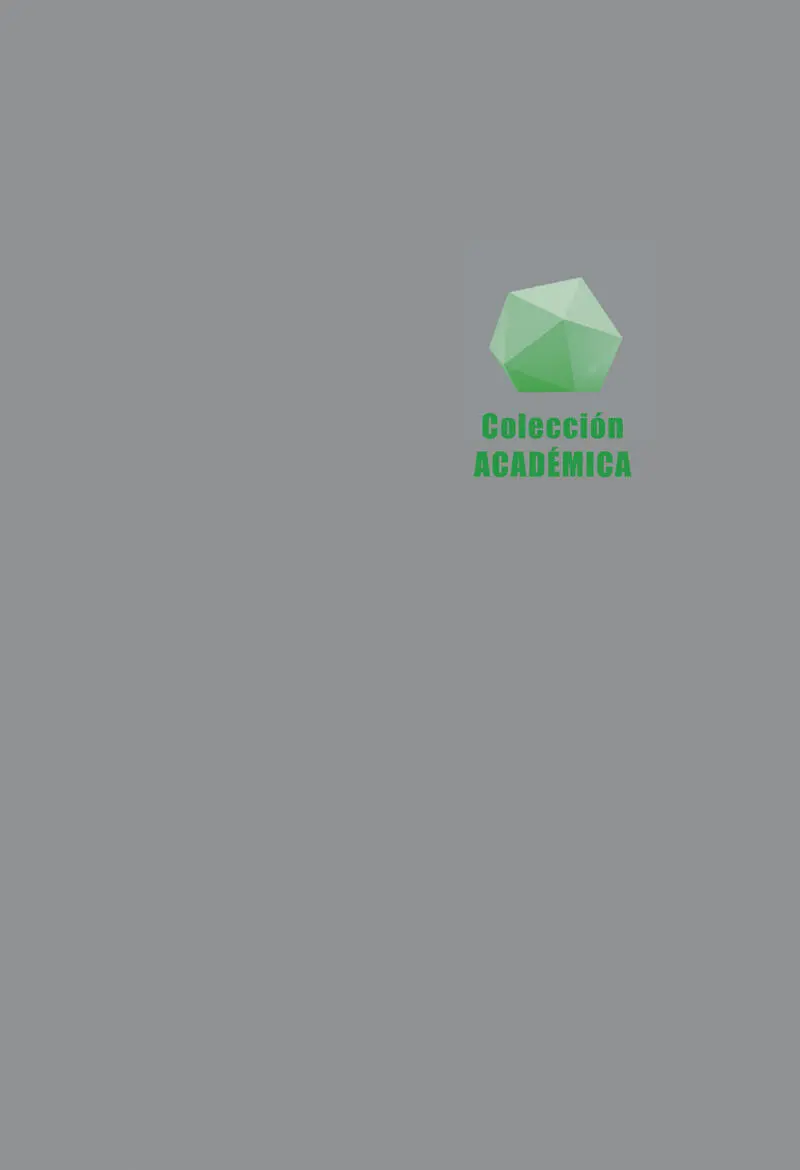

Cadavid Moreno, Carlos
A course of plane geometry / Carlos Cadavid. -- Medellín: Editorial EAFIT, 2019
346 p.; 24 cm. -- (Colección Académica)
ISBN 978-958-720-610-4
1. Geometría plana.I. Tít. II. Serie
516.22 cd 23 ed.
C121
Universidad EAFIT – Centro Cultural Biblioteca Luis Echavarría Villegas
A Course of Plane Geometry
Primera edición: noviembre de 2019
© Carlos Cadavid
© Editorial EAFIT
Carrera 49 No. 7 sur - 50
Tel.: 261 95 23, Medellín
http://www.eafit.edu.co/fondoeditorial
Correo electrónico: fonedit@eafit.edu.co
ISBN: 978-958-720-610-4
Imagen de carátula: 1396363433, ©shutterstock.com
Universidad EAFIT | Vigilada Mineducación. Reconocimiento como Universidad: Decreto Número 759, del 6 de mayo de 1971, de la Presidencia de la República de Colombia. Reconocimiento personería jurídica: Número 75, del 28 de junio de 1960, expedida por la Gobernación de Antioquia. Acreditada institucionalmente por el Ministerio de Educación Nacional hasta el 2026, mediante Resolución 2158 emitida el 13 de febrero de 2018
Prohibida la reproducción total o parcial, por cualquier medio o con cualquier propósito, sin la autorización escrita de la editorial
Editado en Medellín, Colombia
Diseño epub:
Hipertexto – Netizen Digital Solutions
Mathematics, rightly viewed, possesses not only truth,but supreme beauty–a beauty cold and austere, like that of sculpture,without appeal to any part of our weaker nature,without the gorgeous trappings of painting or music,yet sublimely pure, and capable of a stern perfectionsuch as only the greatest art can show.
Bertrand Russell
This book is dedicated, with all my love, to Adriana and Simón, and to my father, Alberto, who taught me the supreme value of the intangible, and to my mother, Leonor, from whom I got the enjoyment of clarity and reason.
Preface
In 2010 I was asked to teach the course Geometry in Context , a first semester course for students of the programs of Mathematical Engineering and Physical Engineering, at Universidad EAFIT, in Medellín, Colombia. The goal of the course was that students learned euclidean plane geometry in the classical way, and also that they applied this theoretical knowledge in a real situation, by requiring them to build a mechanism of their choice, which applied some geometrical principle. In preparing the course I consulted several books presenting euclidean plane geometry in the classical way. In studying these books I started to feel uneasy, because the discussion did not adhere to the modern standard of rigor, making proofs kind of difficult to follow, at least to me. I was aware that the great mathematician David Hilbert had proposed a rigorous presentation of the euclidean geometry of space in his book Grundlagen der Geometrie (Foundations of Geometry)[4], published in 1899. I went to our university’s library, looking for a copy of Hilbert’s book. Old books are usually hard to read, and Hilbert’s book was in that category. I kept looking for a modern book which explained Hilbert’s work more clearly, and I stumbled upon the book Geometry: Euclid and Beyond [1], by R. Hartshorne. I browsed the book and I knew I had found the reference I needed. The first chapter of the book presents classical euclidean geometry pointing out its shortcomings, and the second chapter presents Hilbert’s axiomatization of (plane) geometry and discusses how to interpret and prove the propositions in Book I of the Elements, in the light of Hilbert’s approach. When I began reading chapter two more carefully I was amused when I found out that Hartshorne’s presentation made it possible to introduce, in the most natural way , non-euclidean geometries from the very beginning! A subject that is usually taught in a Differential Geometry course. But I soon realized that Hartshorne’s book is rather dense, going too fast for a first semester student. My task in teaching the course was to explain slowly and in complete detail, most of chapter two of Hartshorne’s book. This book is an account of this effort. I follow Hartshorne’s approach throughout , and I even paraphrase some of the interesting problems he proposes.
Acknowledgments
I want to warmly thank those who helped me, in one way or another, in this enterprise. To Professor Jay Jorgenson, for his friendship and encouragement, and for accepting being this work’s supervisor; to my student Juan Fernando García, for reading the entire book to make sure that there were not any logical mistakes, and for transforming my sketchy pictures into the nice and detailed pictures illustrating this book; to my colleague, María Eugenia Puerta, for her important suggestions as to how to make the treatment of certain matters more accesible to the readers; to my colleague Gabriel Loaiza, for suggesting interesting new exercises; to my students of Mathematical Engineering and Physical Engineering, whose comments have helped me over the years to improve my explanations; and to Universidad EAFIT, for allowing me to dedicate the second semester of 2016 to the writing of this book.
Contents
Preface
Acknowledgments
1 Introduction
1.1 A Short History of Geometry
1.2 What you will and will not learn in this book
1.3 Audience prerequisites and style of explanation
1.4 Book plan
1.5 How to study this book
2 Preliminaries
2.1 Proof methods
2.1.1 Methods for proving conditional statements
2.1.2 Methods for proving other types of statements
2.1.3 Symbolic representation
2.1.4 More examples of proofs
2.1.5 Exercises
2.2 Elementary theory of sets
2.2.1 Set operations
2.2.2 Relations
2.2.3 Equivalence relations
3 Incidence geometry
3.1 The notion of incidence geometry
3.2 Lines and collinearity
3.3 Examples of incidence geometries
3.3.1 Some basic examples of incidence geometries
3.3.2 The main incidence geometries
3.3.3 Generalizing the real cartesian plane
3.4 Parallelism
3.5 Behavior of parallelism in our examples
4 Betweenness
4.1 Betweenness structures, segments, triangles, and convexity
4.2 Separation of the plane by a line
4.3 Separation of a line by one of its points
4.4 Rays
4.5 Angles
4.6 Betweenness structure for the real cartesian plane
4.7 Betweenness structure for the hyperbolic plane
5 Congruence of segments
5.1 Congruence of segments structure and segment comparison
5.2 The usual congruence of segments structure for the real cartesian plane
5.3 The usual congruence of segments structure for the hyperbolic plane
6 Congruence of angles
6.1 Congruence of angles structure and angle comparison
6.2 Angle congruence in our main examples
6.2.1 Congruence of angles in the real cartesian plane
6.2.2 Congruence of angles in the hyperbolic plane
7 Hilbert planes
Читать дальше
